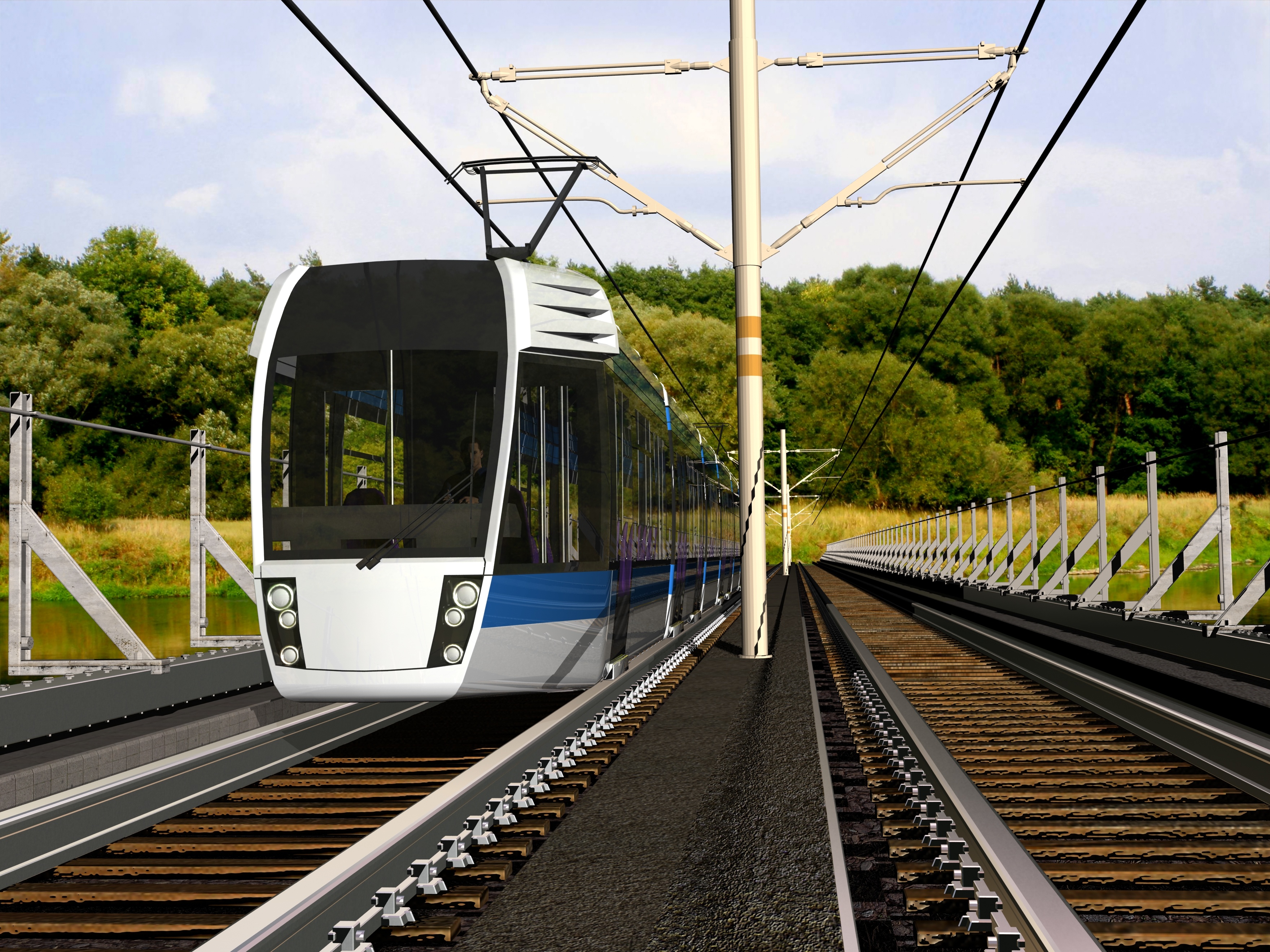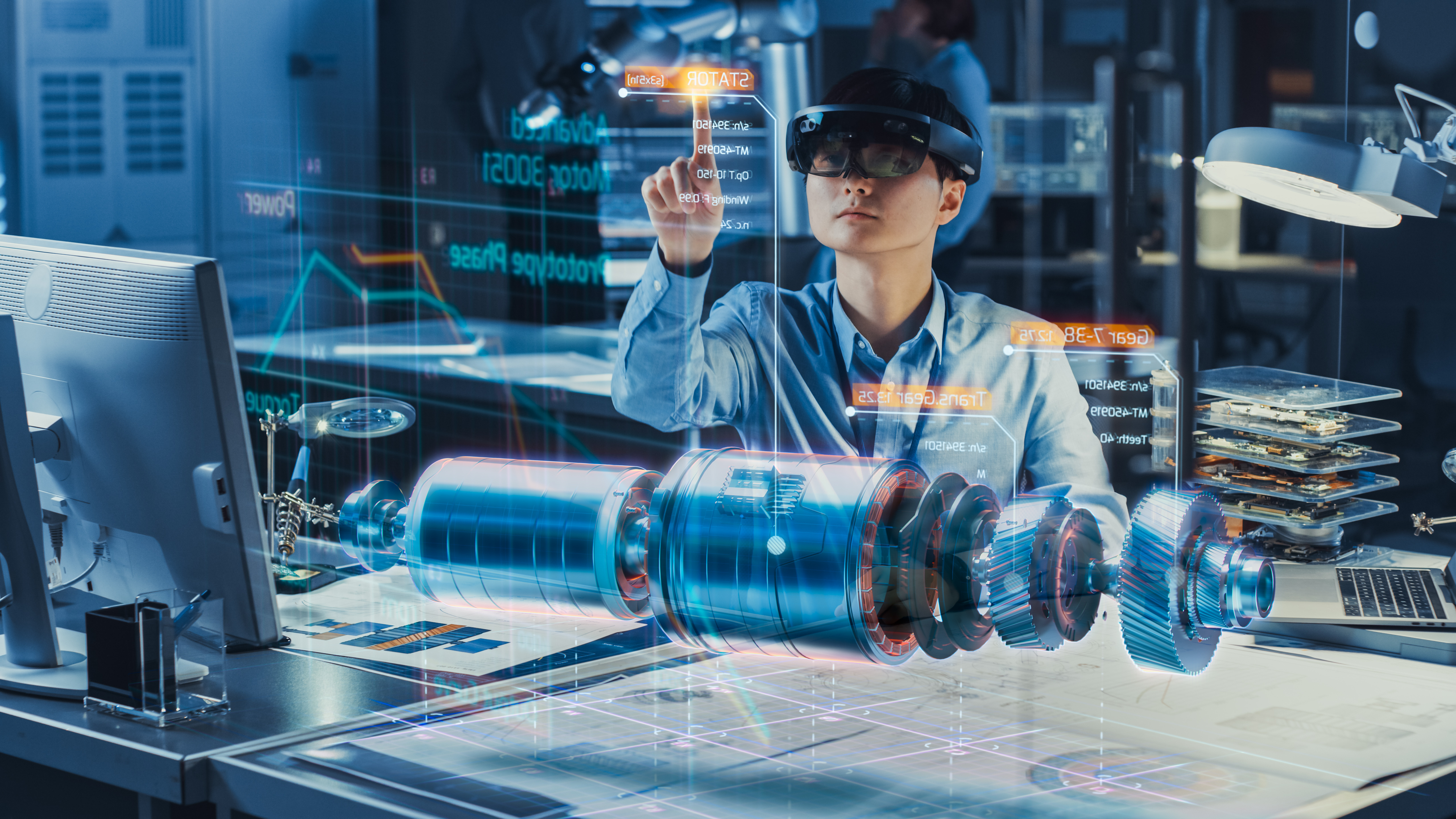Understanding High-Speed Electrical Machines
High-speed electrical machines (EMs) are essential components in modern technology, powering devices that shape our daily lives, from automobiles and mobile phones to satellites and computers. These machines convert electrical energy into mechanical energy and vice versa, making them crucial in various applications.
The Role of Power Engineering
Power engineering is a fundamental branch of electrical engineering focused on the generation, transmission, and distribution of electric power. This field encompasses the design and analysis of power systems, renewable energy sources, and environmentally friendly power solutions. Power engineers strive to enhance energy efficiency while reducing operational costs and environmental impact.
Key Advantages of High-Speed Electrical Machines
- Maximized Power Output: High-speed EMs are designed to deliver maximum power with minimal energy loss, making them ideal for industries that demand high efficiency.
- Compact Design: By reducing the size and weight of components, these machines optimize space and resources in applications like aerospace and machine tools.
- Cost Reduction: Advances in production technology and materials lead to lower manufacturing costs for electrical machines, translating to savings in power systems.
Applications Across Industries
High-speed electrical machines are integral to various sectors, including:
- Aerospace Engineering: Used in aircraft propulsion systems and satellite technology, enhancing reliability and performance.
- Machine Tools: Improving precision and efficiency in manufacturing processes through advanced automation.
- Autonomous Power Engineering: Essential in navigation systems and unmanned aerial vehicles (UAVs), supporting the growing demand for automation and efficiency.
Innovations Driving Efficiency
The rapid development of new technologies necessitates ongoing research to improve the efficiency and performance of high-speed EMs. Innovations focus on:
- Material Advancements: Utilizing lightweight, high-strength materials to enhance machine capabilities while minimizing weight.
- Design Optimization: Implementing advanced simulation techniques to create more efficient and compact designs, tailored for specific applications.
Conclusion: The Future of High-Speed Electrical Machines
FAQs
What are high-speed electrical machines (EMs)?
High-speed electrical machines are devices that convert electrical energy into mechanical energy and vice versa. They are essential for powering modern technology in industries like aerospace, manufacturing, and automation.
What industries commonly use high-speed electrical machines?
High-speed electrical machines are widely used in aerospace engineering, machine tools, satellite technology, autonomous power engineering (like UAVs), and precision manufacturing, where performance and efficiency are key.
What are the advantages of high-speed electrical machines in power systems?
Key advantages include maximized power output, compact design, cost reduction in production, and high efficiency in energy usage, making them ideal for industries with high power demands.
What are the key differences between standard and high-speed electrical machines?
Standard electrical machines typically operate at lower speeds and are designed for general applications, while high-speed electrical machines are optimized for higher rotational speeds, offering greater power density, efficiency, and compact designs suitable for industries with specific high-speed requirements.
What are the challenges in designing high-speed electrical machines?
Challenges in designing high-speed electrical machines include managing heat generation at high speeds, ensuring mechanical stability, and optimizing efficiency while minimizing energy loss. Engineers also focus on reducing noise and vibration in these systems.





